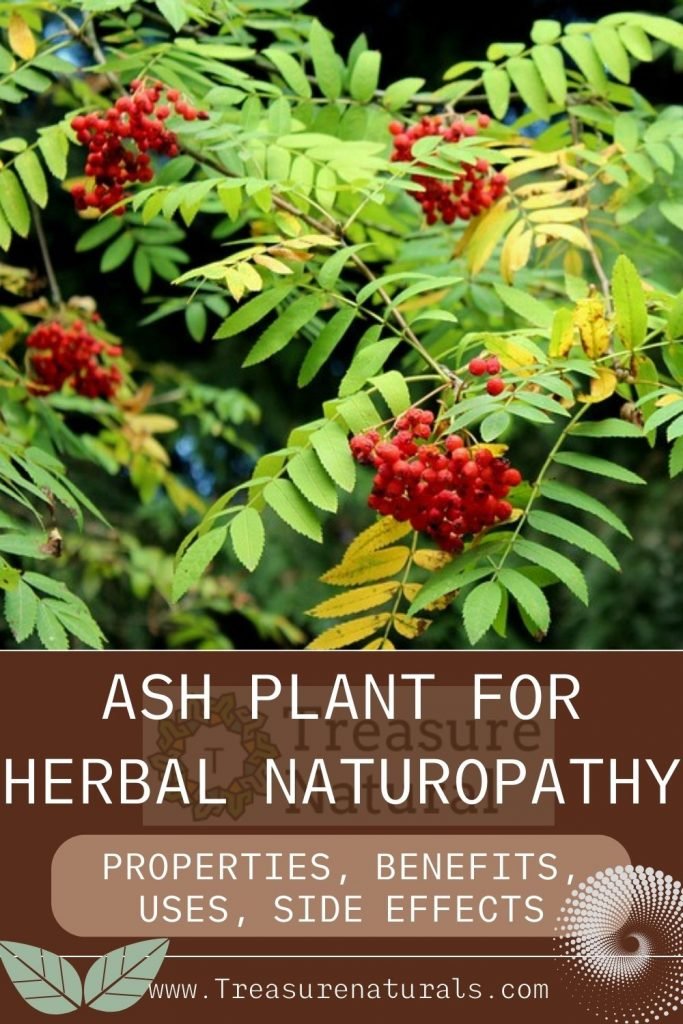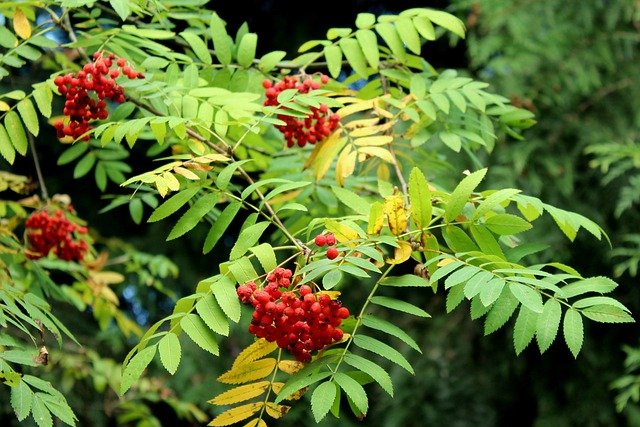
Ash is a medicinal plant known since ancient times for its laxative, diuretic, anti-inflammatory, antirheumatic, antiarthritic property and for its sap, manna. Let’s find out better.
Properties and benefits of Ash
Ash is a medicinal plant with strong medicinal properties. The fruits, leaves, roots and bark of ash have slightly laxative, diuretic, anti-inflammatory, antirheumatic, antiarthritic properties.
These properties are due to the presence of coumarins (fraxin, fraxetine, frassinol, esculetin) and flavonoids (quercetin, rutin, hydroxyframoside), which inhibit the production of endogenous inflammatory mediators such as prostaglandins.
From the sap that flows from the wounds of the ash trunk is extracted manna, known since ancient times. Manna is a natural laxative with different therapeutic properties, such as: fluidifier, expectorant, emollient and cough suppressant, decongestant and calming in chronic bronchitis, laryngitis and pharyngitis.
Manna is also used in cosmetics for its characteristic of making the skin smooth and soft and reducing wrinkles.
How to use
Ash is used against joint pain, cellulite and water retention. Its leaves also have an antidiuretic, antirheumatic action and are useful against difficult digestion.
With ash you can make an infusion (2 g of dried leaves in 100 ml of boiling water) or a decoction (2 g of bark in 100 ml of boiling water).
The bark of ash is useful against rheumatism, arthritis, gout and fever. The fruits, on the other hand, have a laxative action.
Contraindications of Ash
Ash has no particular side effects. However, it is always good to consult a doctor before taking it if you are pregnant or breastfeeding.
Description of the plant
Ash (Fraxinus ornus), is a plant of the Oleaceae family. It has an arboreal or shrubby habit and reaches a maximum height of 4-8 meters.
The trunk has a smooth and grayish bark; the leaves are deciduous green on the upper page and light and hairy on the lower one.
The flowers are white or slightly pinkish, gathered in inflorescence in the shape of a panocchia. The fruit is a samara 2-3 cm long that produces only one seed.
Ash habitat
Ash is native to the northern hemisphere of Europe and Asia. Suitable for temperate climates, it is found in humid forests rich from the plain and up to 1500 meters above sea level.
Background

Once the Ash was planted as a sign of the boundary of properties or arable fields. The Greek root of the word in fact refers to separation, to the border.






